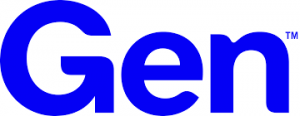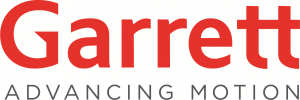What is digital transformation in HR?
11.09.2017Company: Amcham
Digital transformation refers to how new technology drives innovation and creates – or necessitates – change.
As more people of all ages become comfortable using technology in everyday life, and more young people grow up as “digital natives,” devices and software are becoming more of a part of people’s lives than ever before.
Instead of using technology that effectively takes the place of something in the real world – like how email replaced snail mail for so much of our everyday communication – digital transformation means that new software tools don’t just replace things – they also expand on that functionality, redefine communication, and can change the course of human interaction in the process.
Software and hardware once had much steeper learning curves. People often needed to read manuals, take lessons, and sometimes consult IT specialists to even begin to use their devices. You might’ve once seen a CEO struggle with their BlackBerry 10 or 15 years ago, but those same people likely have no troubles making deals on their newer iPhone or Android devices. Now, more people than ever before can work – and play – across many devices and platforms almost effortlessly.
In our personal lives, this has changed how we interact with each other, how we consume media, and how we share important information. New applications give us the ability to order pizza via text message, find out exactly when our taxicabs are coming, and use consumer-grade telephones to shoot and edit feature films.
In business, digital transformation means more.
New technology changes how business gets done, how customers behave, and reshapes the working environment. No matter how you look at it, everyone wants technology to help them get things done smarter, better, and faster than it did the day before. In practice, this means improved customer service through smarter communication, better understanding of business operations, and a constant stream of new ways to improve workflow.
Digital transformation is absolutely changing HR and talent management.
People now look for jobs online more than anywhere else, and many of those job searches happen on mobile devices. Technology can speed up hiring, accelerate the interview and screening processes, and ultimately make employer-employee relationships more transparent and mutually beneficial.
New software can empower your employees to do their best work on their terms at no detriment to you or your workflow, save you money, and improve accountability. To make things even better, this software also provides you with data that can be used to refine company policy, find gaps in your organization, and create perfect solutions.
As digital transformation continues to redefine the modern workplace, companies will need the right tools to stay competitive.
They’ll need software designed to make employee relations, talent management, recruitment and onboarding, and other HR processes easier, faster, and more effective. They will also need access to a smart social component that allows for easy communication within their organizations. By using a solution that streamlines, simplifies, and unifies talent and HR management – and supports users across all devices and all platforms – it is possible to add real value to your company in just weeks while staying months ahead of your competition.
enxoo.com / skilohr.com
Tags: Business Development | Human Resources | IT |







